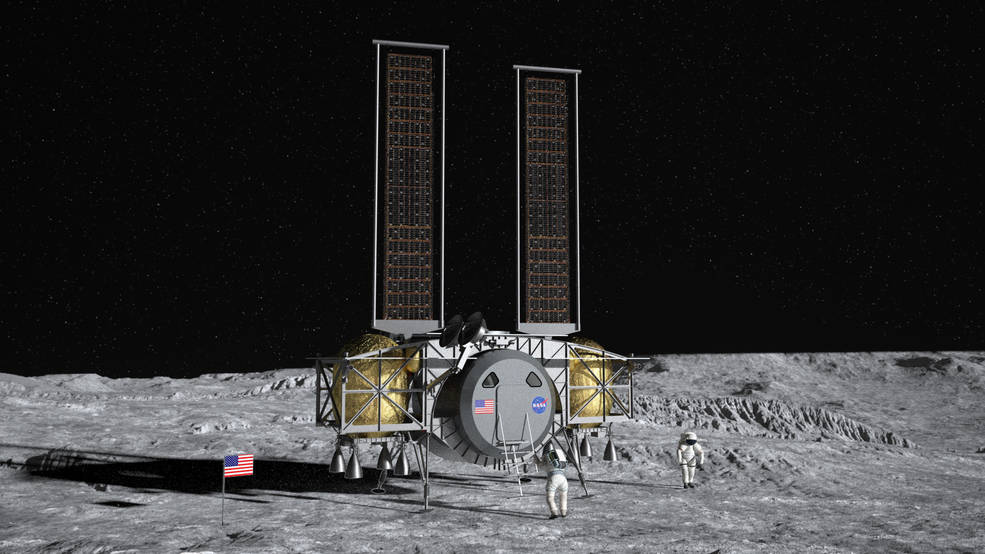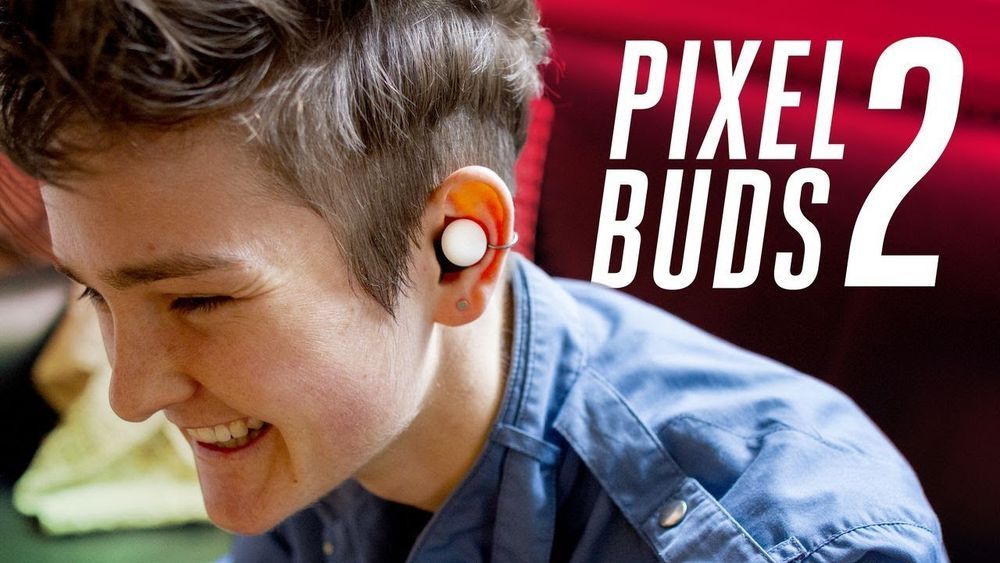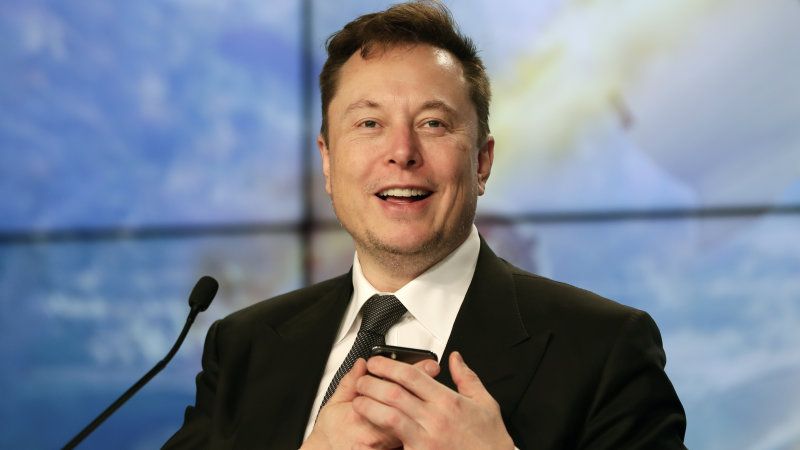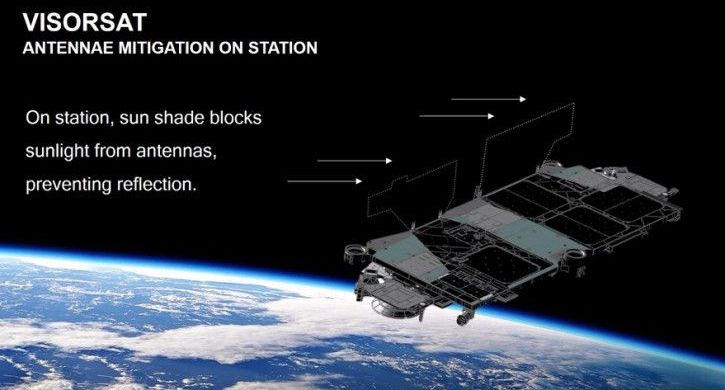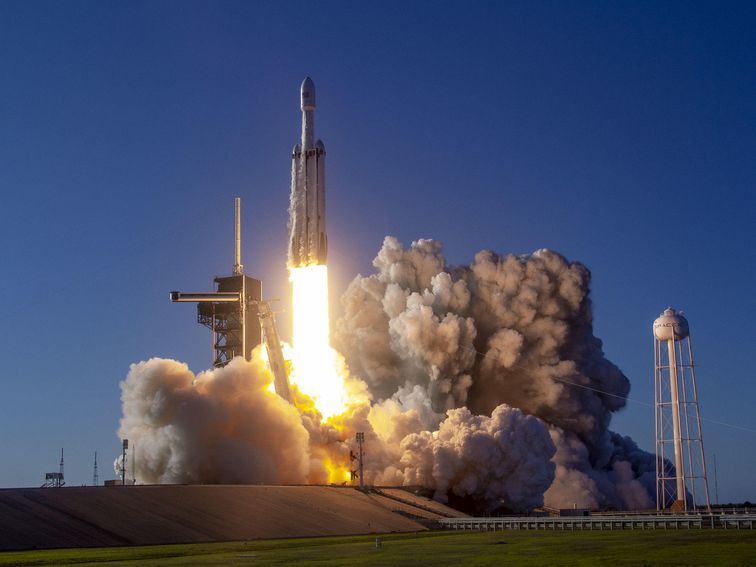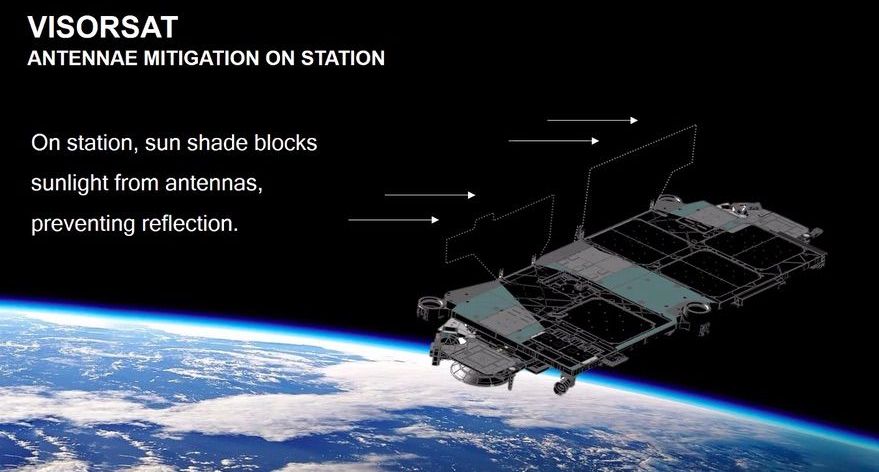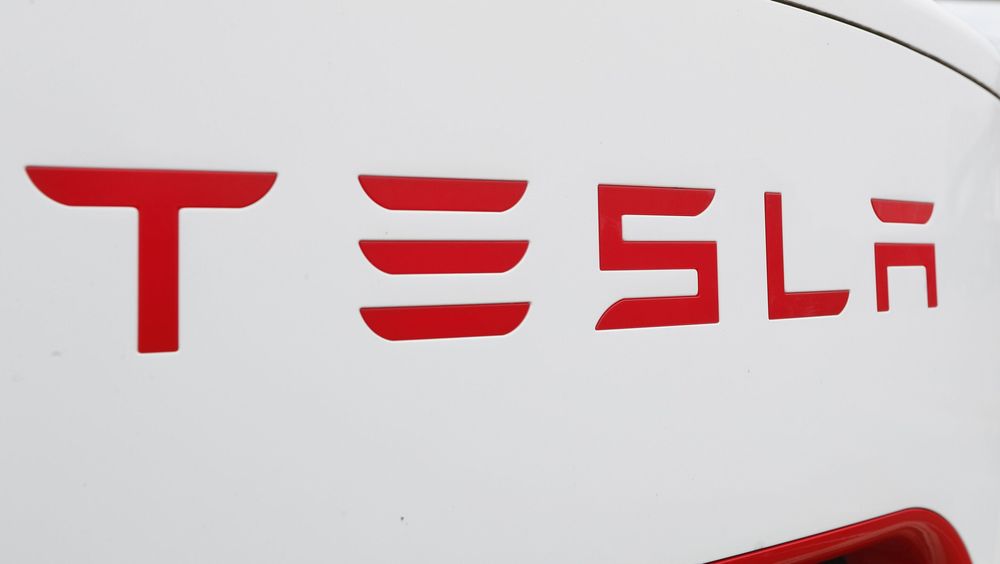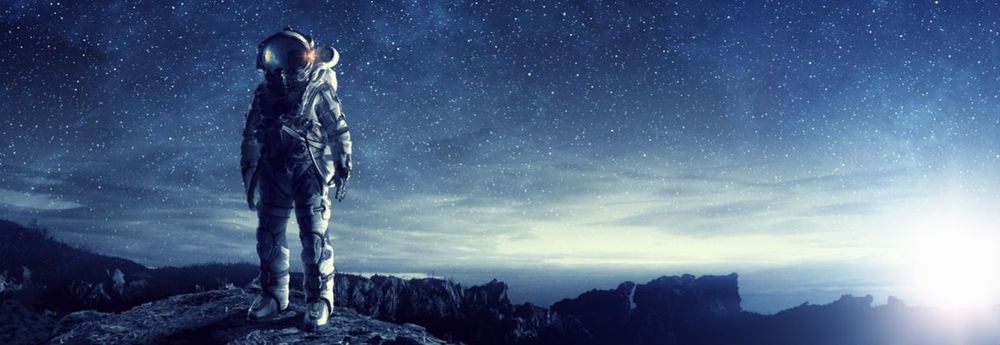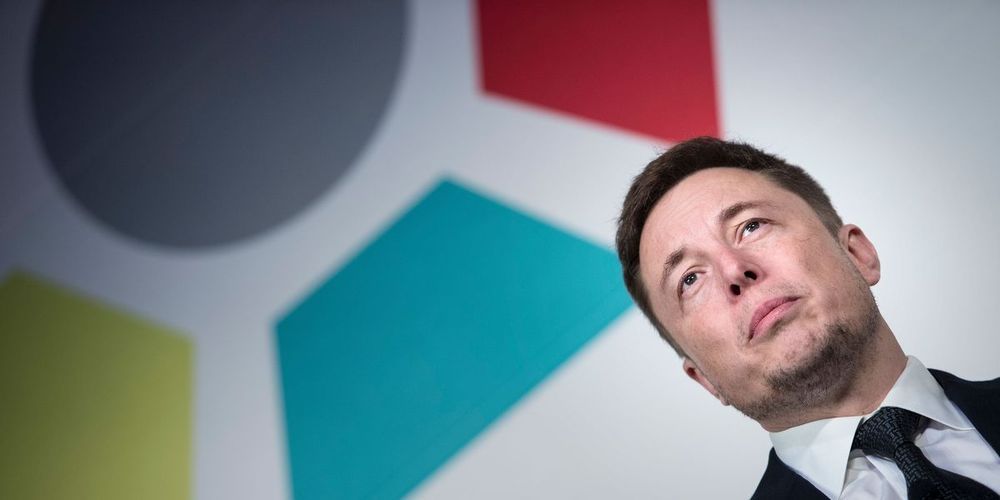One of the three companies NASA announced today will land the next NASA astronauts on the Moon. NASA awarded three firm-fixed-price, milestone-based contracts for the human landing system awards under the Next Space Technologies for Exploration Partnerships (NextSTEP-2. The total combined value for all awarded contracts is $967 million for the 10-month base period.
NASA downselected from the five companies in the running to only three.
The contenders for the Moon mission contract.
NASA released the Human Landing System (HLS) solicitation on October 25, 2019. Five companies submitted proposals by the required due date of November 5, 2019. Listed below in alphabetical order:
- Blue Origin Federation, LLC (Blue Origin)
- The Boeing Corporation (Boeing)
- Dynetics, Inc. (Dynetics)
- Space Exploration Technologies Corp. (SpaceX)
- Vivace Corp. (Vivace)
Some more details about the offers.
You likely recognize the more high profile companies like Boeing, SpaceX, and Blue Origin. Vivace and Dynetics profile in the general media tends to be less pronounced.
Vivace, founded in 2006, provides engineering services, ground support equipment, engineering development hardware, and flight har…
